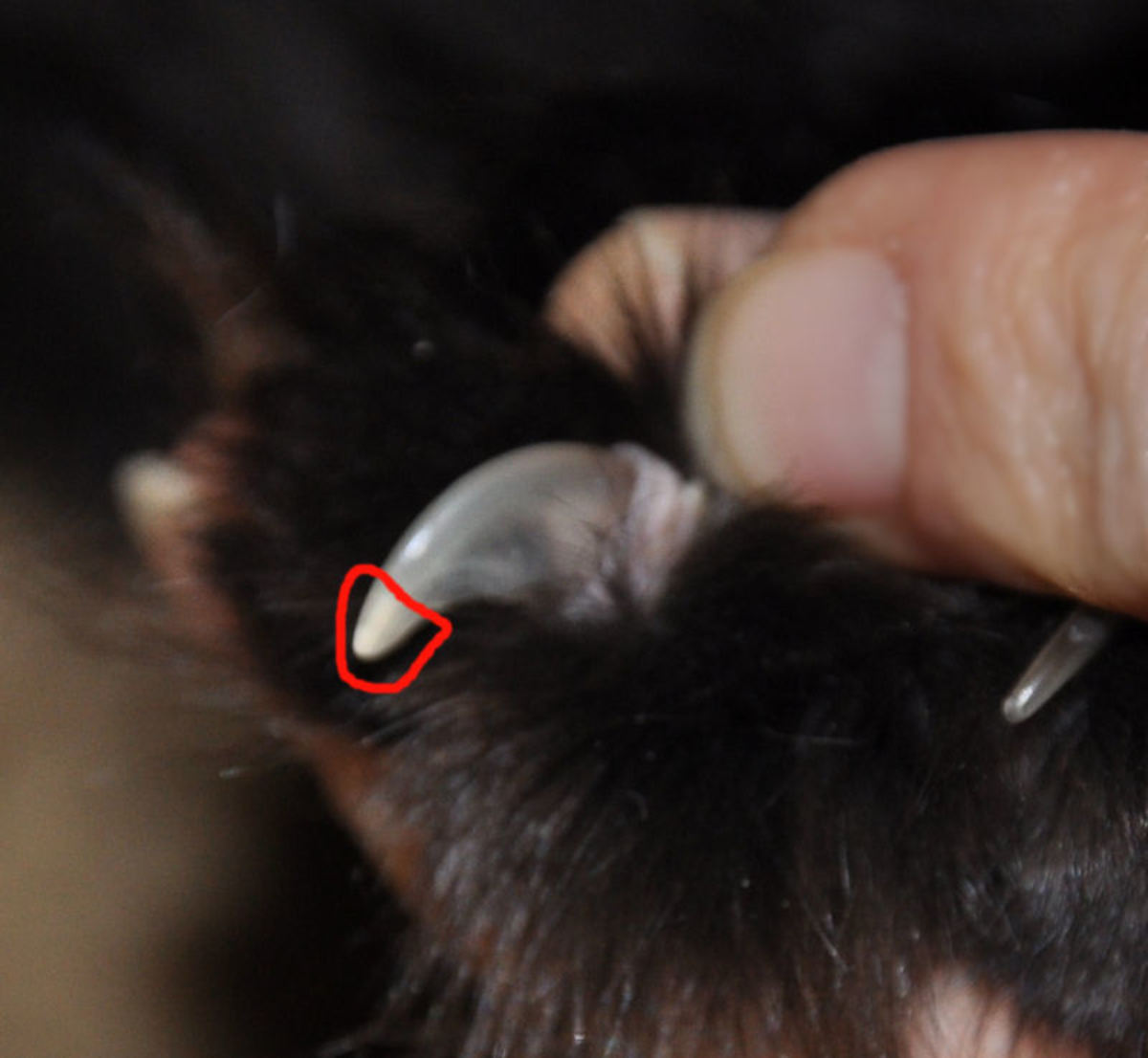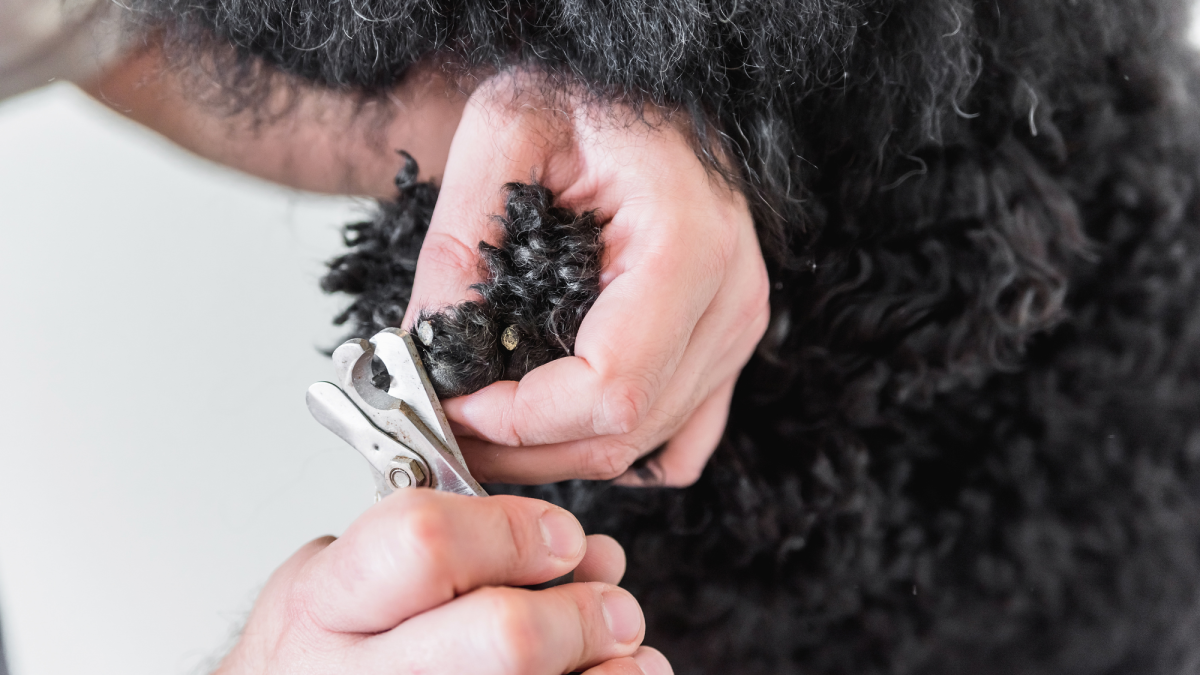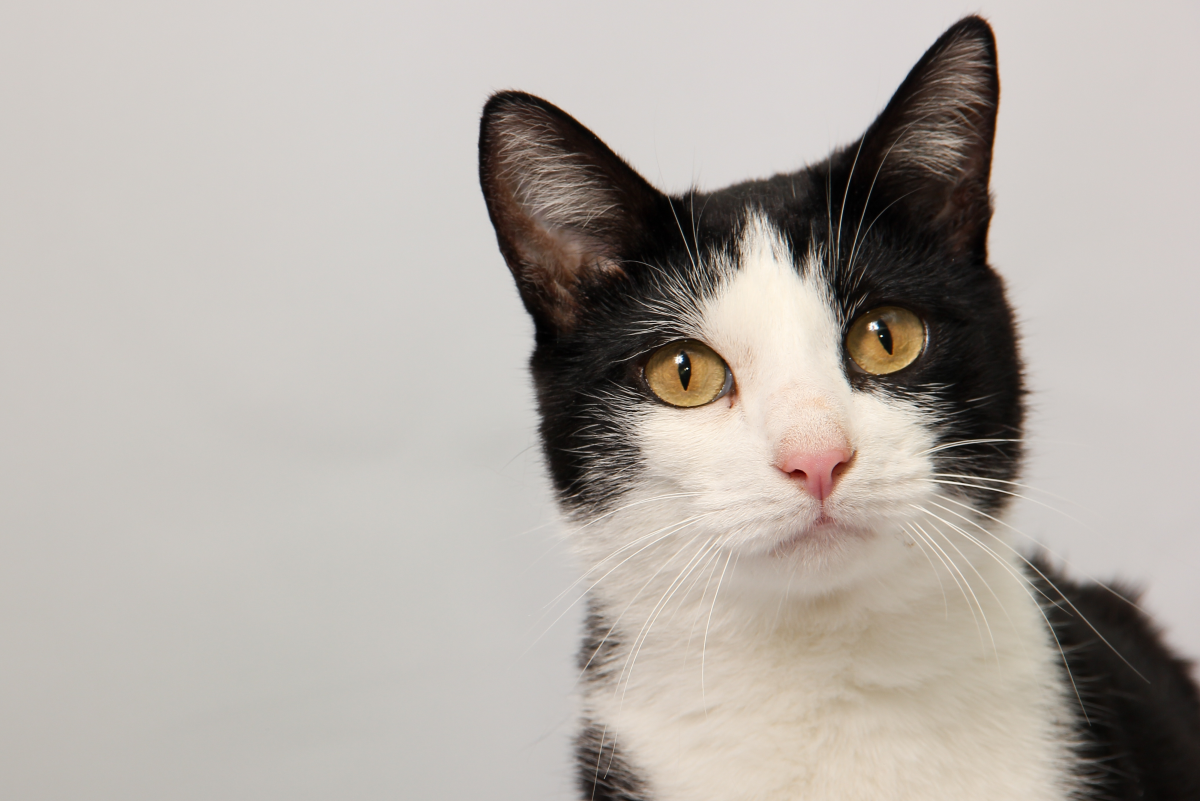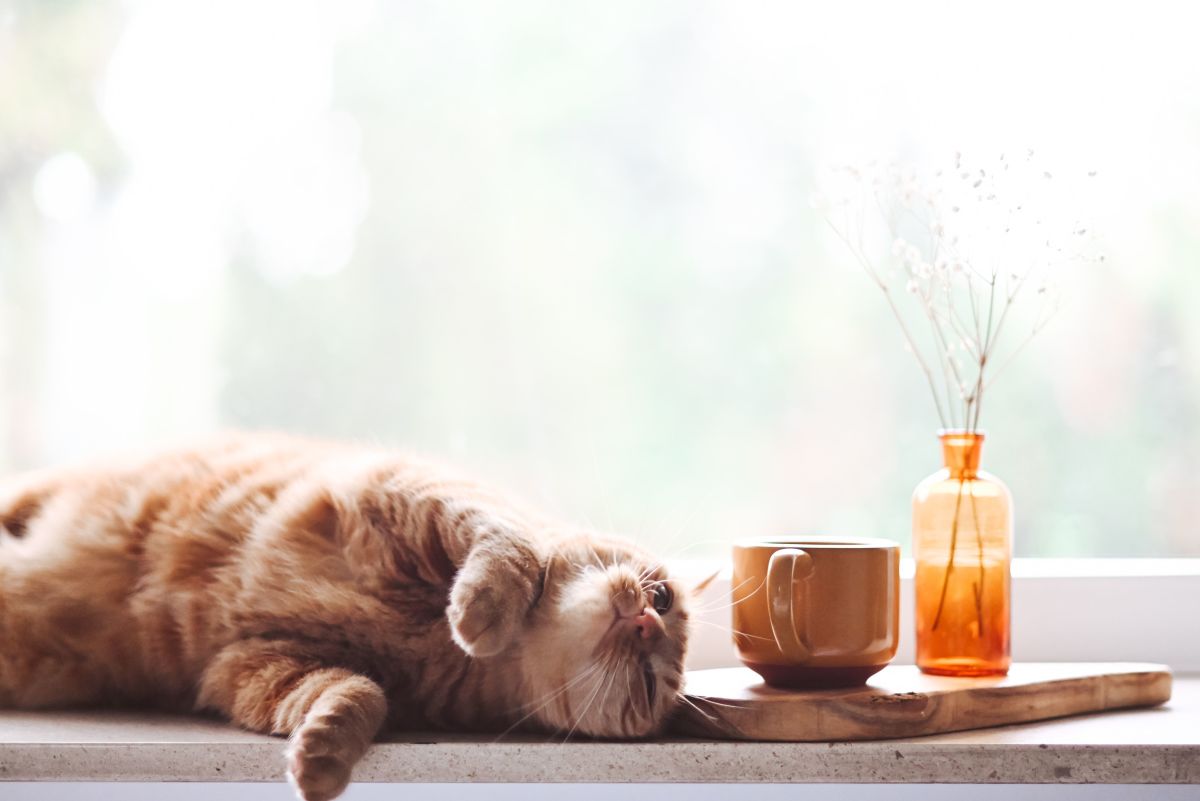How To Clip Your Cat's Claws
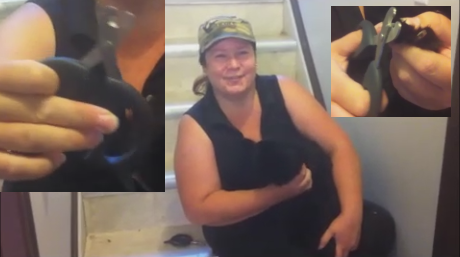
What Do You Think?
Should a cat owner get their cat declawed?
Cats Scratch Post on SALE
Why Clip Your Cat's Claws?
The most common reason that people desire to clip their cat's claws is because cats love to scratch on almost everything. From the wooden legs to your fine solid oak furniture to the plush fabric of your expensive living room suite to the fibers in your brand new carpeting cats love to regularly sharpen their claws on all such things. Many cats even having a custom build scratch post prefer to use their owner's household furnishings. If your cat's claws are not clipped, sooner or later your furniture will likely show the scars so regularly clipping your cat's claws will save you some disappointment in the end. Some people get their cats declawed for this very reason, but that is a painful experience for the animal, because the operation removes the claw bed at the first knuckle of the cat's toe, and one that is not necessary if you are willing to do the job of clipping your cat's claws regularly. The process only requires a few minutes of your time and the technique is quite easy to learn.
Clipping Your Cat's Claws
Do Not Clip The Claw Bed
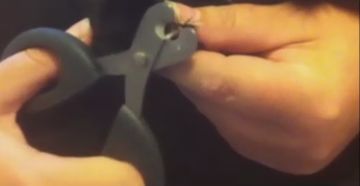
The Only Tool You Will Need
For clipping your cat's claws the only tool that you require is an inexpensive pair of claw clippers. This tool is made very simplistic so it has no depth gage like a dog claw clipper so you will want to exercise extreme caution when using them. Without a depth gage you have to visually see the cat's claw bed or "quick" , making absolutely certain that the blade of the clipper is only on the claw and not touching the claw bed before clipping. Otherwise you can easily cut into the claw bed and hurt your cat which will likely make your cat not want to cooperate in the claw clipping process in future clippings.
Three Step Process

Exposing The Cat's Claws
Getting your cat to expose its claws is very easy. If your cat will sit quietly on your lap and let you hold its front paw in your hand, then you are off to a good start. If your cat is a little bit unsure of what is taking place and is a little flighty, you may want to have someone else help you hold the cat steady. Because you want to exercise caution when doing the actual clipping of the claw you will want the cat to be as still as possible. Once the cat is sitting quietly take its one front paw in your hand opposite the clipping hand and with your index finger underneath the paw and your thumb on the top side of the paw apply slight pressure. As you apply pressure your cat will extend all of its claws on that paw and you can then see clearly to do the clipping.
Exposing The Claws
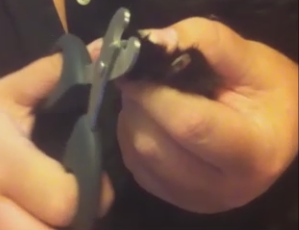
Once you have gotten your cat to expose its claws you will be able to clearly see the quick or the claw bed of the claw. Slide your clippers up close to the claw bed, leaving a little space between the quick and the clipper's cutting edge - now snip. You have successfully clipped one claw. Repeat the entire process over again on all of the remaining claws of the paw. When you become comfortable with the clipping process the procedure takes less than a minute to complete all four toes and the dew claw of one paw.
Clipping The Dewclaw
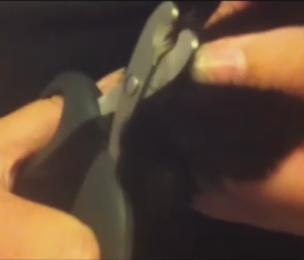
The Dewclaw
Just above the ankle of your cat's paw is located another claw on the inside of its leg. This fifth claw is referred to as the dewclaw and you will want to clip that one as well. The dewclaw is always exposed so you can just pinch the skin of the cat's leg behind the dewclaw between your thumb and index finger to secure the claw and then snip away. Cats seldom scratch at furnishings with their back paws so I do not bother to clip the claws of their hind legs, but if you desire to do so the procedure is the very same as on the front legs.
Clipping YUour Cat's Claws

How Often Do You Need To Clip Your Cat's Claws
Most cats after having their claws clipped will not bother scratching in an attempt to sharpen them for a few weeks. As the claws begin to get some length back then the cat will once again start scratching. However, when the cat first begins scratching again their claw will be too dull to do much damage so you can ignore them. But between two to four weeks time the cat's claw will eventually start to get sharp again and just before they can do any damage it is time to clip their claws once again. Every three to four weeks is likely the optimum time for re-clipping your cat's claws - it only takes a few minutes. Keeping your cat's claws clipped will help you keep your fine furnishings looking their best for a lot longer. Learning to clip your cat's claw is an investment of time that pays back huge dividends.
Questions or Comments
I welcome all your questions and comments as well as any suggestions or ideas of your own. Please contact me through any of my links with any input that you desire to contribute. I enjoy hearing from everyone.
Thank you
How To Pam




